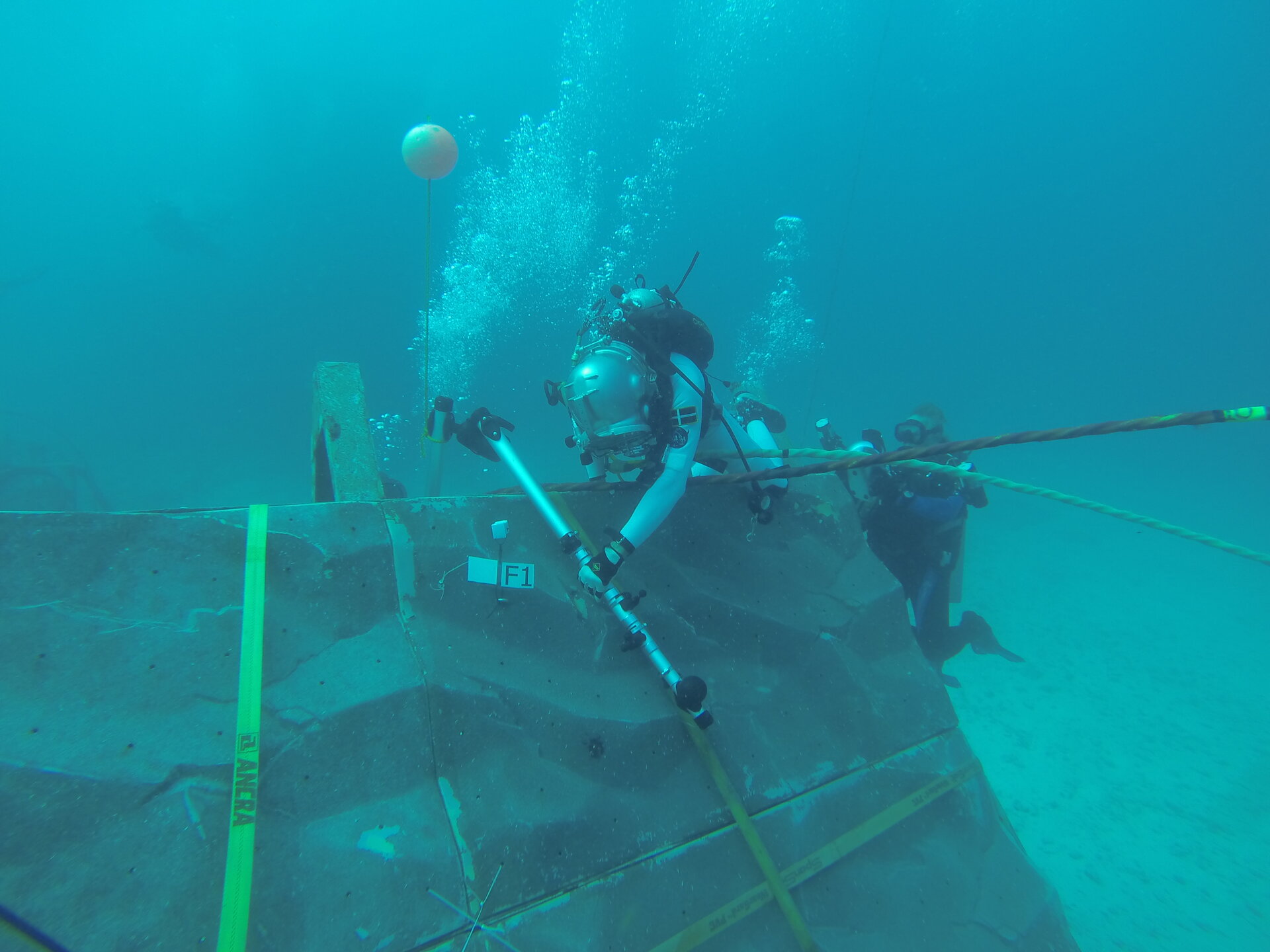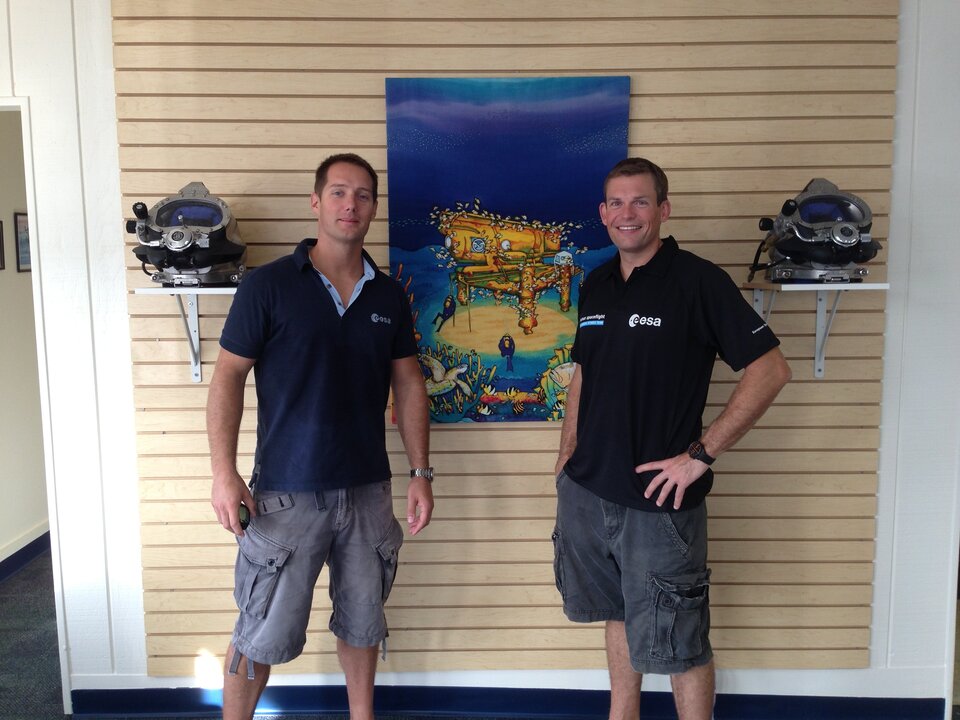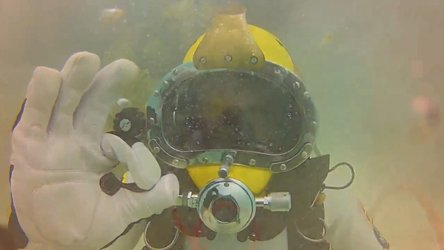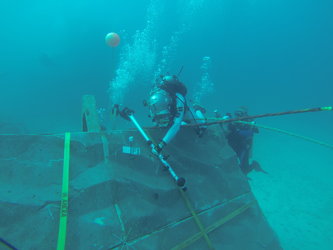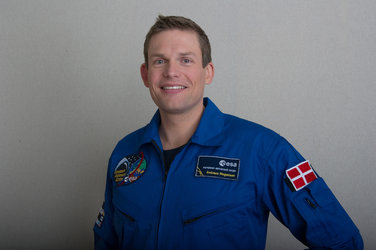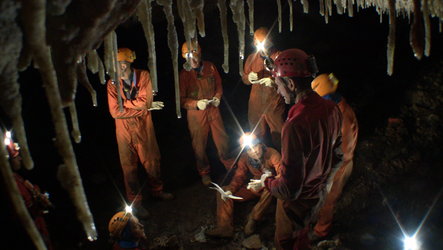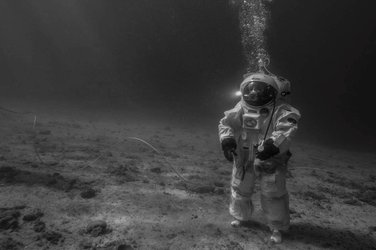Andreas and Thomas testing sample returns at sea
ESA astronauts Andreas Mogensen and Thomas Pesquet are in Florida, USA for a five-day underwater adventure to test tools and practise spacewalks as part of the Seatest mission.
Andreas will live in an underwater habitat with NASA astronauts Joe Acaba and Kate Rubins and Japanese astronaut Soichi Noguchi, while Thomas will stay on shore as flight director and crew communicator.
Inside the Aquarius habitat, the ‘Space Environment Analog for Testing EVA Systems and Training’ – Seatest – mission will be run as if on the International Space Station.
Andreas will have a first try at a new approach that might be used during his spaceflight in 2015. The crew will assess new ways of delivering ‘just-in-time training’: using a connected heads-up display, the astronauts have their hands free while viewing instructions and descriptive videos, and taking notes and pictures.
Simulated spacewalks outside the habitat will test and practise ways of collecting samples across a wide range of gravity levels to simulate working on different planets. By changing the buoyancy of their diving suits they can recreate the feeling of weightlessness and float or work in partial gravity and walk on the bottom.

A key question is how to take samples during a spacewalk on future space exploration missions. Astronauts need two hands to collect samples but also need to brace or anchor themselves to maintain their position, while keeping their samples from flying away.
To increase realism, the mission will be complicated by adding a two-way 20-minute communication delay between the aquanauts and Mission Control. Using radio to communicate with a 40-minute total wait time before hearing a response is far from ideal, so emails, text messaging and recorded video exchanges will be used instead. The ground team will be looking to laying the foundations for robust communications on future space missions.
Aquarius is 20 m underwater, so safety is a crucial factor. The aquanauts need 16 hours to decompress before they can return to the surface. Regardless of the emergency, a quick return to the surface is not an option.
Thomas, who is already a certified crew communicator for the International Space Station, says: “Astronauts train a lot in the classroom and in the simulator, but this is a no-kidding real-life environment, where actions have possible life-threatening consequences.”
Andreas and Thomas have both already worked in a similar team exploration mission: ESA’s CAVES training programme. Andreas says, “Astronauts have few opportunities before their flights to conduct a mission as an international crew to accomplish shared goals, so this training is invaluable.”
Thomas concludes: “We also feel privileged to be part of the next step of human exploration, and to prepare the future.”
The mission has been made possible through the dedication and relentless motivation of the Aquarius base crew, who have been working non-stop for weeks to get the base ready and support the astronauts during their complicated simulation.


